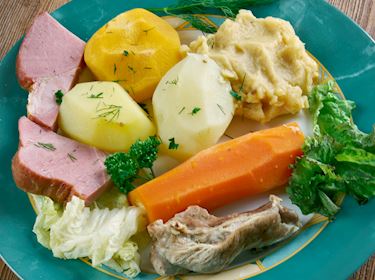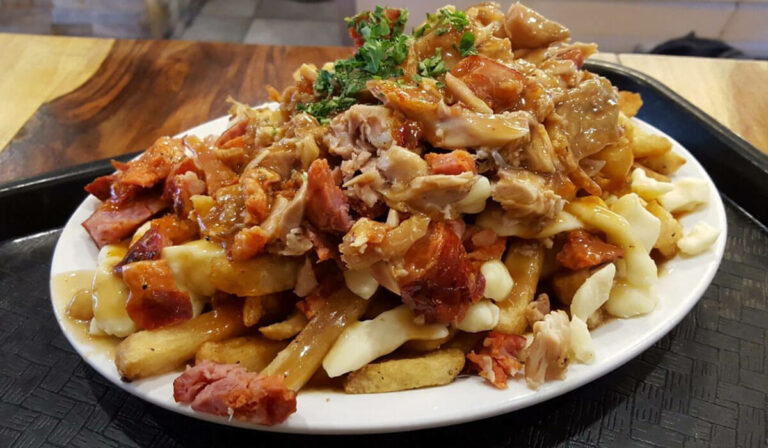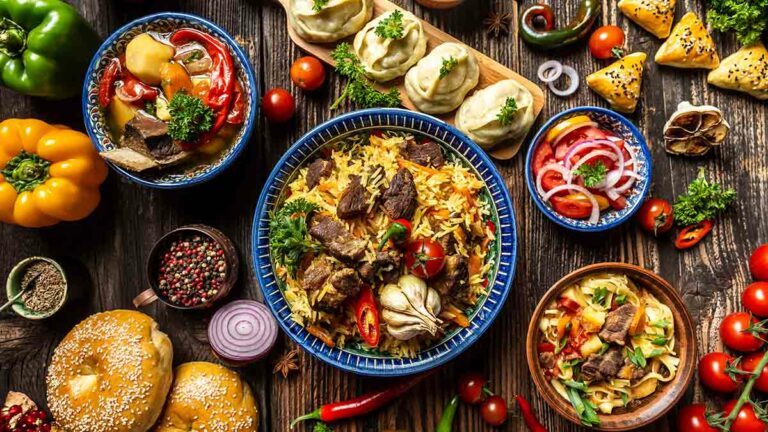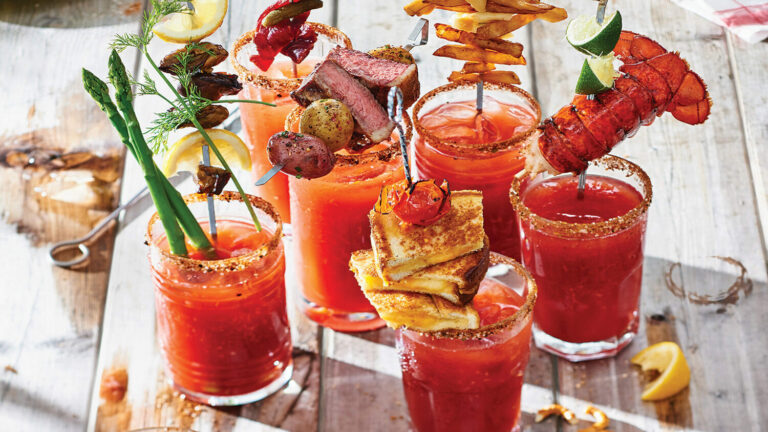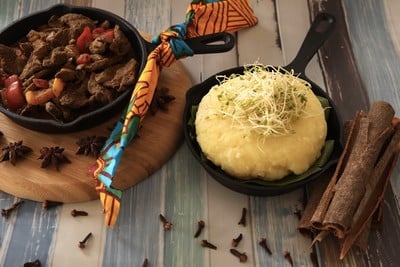Introduction: Discovering Canadian Desserts
Canada is known for its picturesque landscapes, diverse cultures, and of course, its delicious desserts. From coast to coast, the country is home to an array of sweet treats that have become iconic within Canadian cuisine. Whether you have a sweet tooth or not, these desserts are sure to satisfy your taste buds and leave you with a sweet memory of Canada.
Butter Tarts: A Canadian Classic
Butter tarts are a quintessential Canadian dessert that have been enjoyed for generations. These sweet and flaky pastries are typically filled with a mixture of butter, sugar, eggs, and syrup, with variations including raisins, pecans or walnuts. These small tarts can be found in bakeries, cafes, and supermarkets across Canada, and are a must-try for any dessert lover.
Nanaimo Bars: A West Coast Delight
Nanaimo bars are a delightful no-bake dessert that originated in Nanaimo, British Columbia. These bars consist of three layers – a crumbly chocolate and coconut base, a creamy custard filling, and a smooth chocolate topping. The contrast in texture and flavors creates a perfect balance that makes this dessert a favorite amongst West Coast Canadians and beyond.
Blueberry Grunt: A Maritime Specialty
Blueberry grunt is a traditional dessert that originated in the Maritime provinces of Canada. This delicious dessert consists of stewed blueberries topped with dumplings that are then steamed until they are fluffy and moist. The dessert can be served with whipped cream or vanilla ice cream, and is a perfect summer treat that highlights the sweet and juicy taste of fresh blueberries.
Sugar Pie: A Quebecois Sweet Treat
Sugar pie, or “tarte au sucre” in French, is a decadent dessert that originated in Quebec. This rich pie is made with a filling of brown sugar, cream, and butter, and is baked until the filling is golden and caramelized. Though it may sound simple, this dessert is a beloved Quebecois staple and is often served during holidays and special occasions.
BeaverTails: A Delicious National Icon
BeaverTails are a Canadian pastry that originated in Ottawa, Ontario. These fried dough pastries are shaped like a beaver’s tail and are typically topped with sweet toppings such as cinnamon and sugar, Nutella, or maple butter. They are a popular treat at festivals, fairs, and outdoor events across the country and are a beloved Canadian dessert.
Saskatoon Berry Pie: A Prairie Favorite
Saskatoon berry pie is a dessert that has become a favorite amongst prairie Canadians. These small, dark berries give the pie a sweet and nutty flavor, which pairs perfectly with a flaky pie crust. The pie is often served with a scoop of vanilla ice cream, and is a delicious taste of the prairies.
Maple Taffy: A Sweet Winter Treat
Maple taffy, or “tire d’érable” in French, is a sweet treat that is enjoyed during Canadian winters. This dessert is made by boiling maple syrup until it reaches the right consistency, and then pouring it onto clean snow or ice. The syrup quickly cools and solidifies, creating a sticky and sweet treat that is perfect for a winter snack.
Conclusion: Exploring Canada’s Sweet Side
From butter tarts to maple taffy, Canada has a plethora of delicious desserts that have become iconic within Canadian cuisine. Each dessert highlights the unique flavors and ingredients of different regions across the country, and has become a beloved part of Canadian culture. Whether you’re a local or a visitor, exploring Canada’s sweet side is a must.

